Back in 2014, I have spent five months living in Longyearbyen, Svalbard. The Russian mining town Pyramiden was one of the places that I wanted to visit. At the beginning of June, we took a boat there and stayed for a couple of days in an abandoned cabin outside the town exploring the area. We even attempted to climb the Pyramiden mountain that gave the name to the town.
In 1998 the Russian mining company Trust Arcticugol that owned Pyramiden decided to end the coal mining activities in Billefjorden on Svalbard. After the extraction of the last wagon of coal from the mine in March the last permanent residents left in October. The original plan was to dismantle and remove all the equipment and infrastructure, but it never happened. All the buildings and things remained largely as they were when the settlement was abandoned and the Russian Arctic settlement turned into a ghost town.
When my friends and I arrived there in summer of 2014 little has changed. The equipment used for coal mining sat where workers had left it. Books covered by layers of dust still lied on the bookshelves, dried plants sat on windowsills and dishes were stacked on the cafeteria shelves. The empty movie theater looked like it was just yesterday when someone played the dusty instruments and the northernmost piano there.
But exposure to 20 years of harsh Arctic weather has taken a toll on the once prosperous town. Sadly, nowadays Pyramiden shows signs of decay and weathering. The contents of many of the public buildings had been vandalized – doors were broken, bookshelves had been tipped over, papers were strewn about…
To explore Pyramiden is like stepping back in time to Soviet-era Russia because in many ways you have. There’s the brutally block-style architecture, the obligatory statue of Lenin or the propaganda murals. You can smell the past century in the air. To truly appreciate the town, however, you should become versed in the strange history of its impressive rise and mystery-shrouded fall.
A Soviet mining town beyond the Arctic Circle
Pyramiden lies far beyond the Arctic Circle at a latitude of 78 degrees north. The closest settlements are the towns of Longyearbyen, Ny Ålesund (Norwegian) and Barentsburg (Russian). How is it possible that there are Russian towns on the Arctic archipelago, that is under the sovereignty of Norway? The Svalbard Treaty of 1920 meant that all the signatory countries could conduct commercial activities on Svalbard. However only Norwegians and Russians are making use of the rights mainly by exploiting coal resources.
Short history of Pyramiden
It was Swedes who established Pyramiden already in the 1920s, but shortly after founding the settlement, they sold it to the Soviet Union in 1927. The official “founding” of the town is however associated with the post World War II rebuilding in 1946. At its prime in the 80´s more than 1000 people resided in the town. They came mainly from mining communities in Ukraine and South Russia.
People say that people left Pyramiden overnight. In reality, however, the desertion occurred over a period of months. There were several reasons for the closure. Pyramiden’s coal mines, in fact, were never profitable and the resources for maintenance and development of the town were thin after the fall of the Soviet regime. The productivity of the mine was decreasing over the years, while the transport distances were increasing. By the end, it took one hour to travel from Pyramiden to the productive coal fields in the mine. A catastrophic airplane accident in August 1996, killing all 141 Russian and Ukraine passengers and crew members on board hardly helped the situation. Until today it remains the deadliest aviation accident ever in Norway.
Shortly after the crash, Trust Arktikugol started mentioning a possible closure of Pyramiden. The mine was officially closed on April 1, 1998. The last coal that was extracted was symbolically placed in a trolley by the much-photographed memorial stele near the edge of town. Approximately 300 workers who still lived there began shipping out. Around half of them chose to stay in Svalbard and continue working for Arktikugol in coal mines in Barentsburg. The rest left the company and returned to Russia.
The golden era of Pyramiden
Pyramiden’s residents always knew they were not moving there for life. Most were on two-year contracts, and many had left families behind in Russia. Getting a contract in Pyramiden was considered to be something of promotion and privilege. In Pyramiden—much more so than some places on the mainland— the quality of life mattered. Pyramiden was meant to be an ideal Soviet society. As the sole settlement in the West, Pyramiden was on display for the world. As such, the Soviets made the city a perfect paradigm for its hammer-and-sickle ideology, with an exceptionally high standard of living. Only the best technicians and workers were recruited to the Arctic colony. Living was free of costs for people who lived in Pyramiden. On top of that, the salary was approximately seven times more than the Soviet average.
Residents lived in different buildings, which soon acquired nicknames. The Crazy House—for families—earned its name for the children who would constantly play in the hallways. However now, it is home to only hundreds of seagulls which nest in the windows. There was also London for single men and Paris for the few unmarried women who came to work in Pyramiden. There is a rumor about a secret tunnel that was connecting London and Paris.
The town center accommodated all the important buildings and institutions. The Cultural Palace featured library, a weight-lifting room, a basketball court, ballet studios and instrument practice rooms. There was also theater equipped for live performances and film screenings. For its extreme northern positioning, the Cultural Palace claims a host of odd superlatives. Including that of having the world’s northernmost piano.
Adjacent to the Cultural Palace was a large swimming hall, an indoor firing range, and the Jurij Gagarin Football Stadium. Further away were the mine bath (containing a sauna, showers, dressing rooms, and a relaxation department for higher ranking staff). On the west side of the square also stood administration buildings with a hidden department for the secret service.
On the opposite side of the square was a well-equipped hospital with 20 beds and a pharmacy. The town center in Pyramiden also included school, kindergarten, ice hockey range, radio station, outdoor playground, public bar, post office, hotel, local museum, brick factory, fire station, jail, greenhouse, pigsty, cow barn, hen house, etc.
Due to several months long isolation of the town, Pyramiden has to largely rely on its own resources and be self-sufficient. The town raised its own pigs, chickens, and cattle producing milk, meat, and eggs along with manure to fertilize the soil in the local greenhouse to grow vegetables. Thirty-five thousand kilograms of meat, forty-eight thousand liters of milk, more than hundred thousand eggs and five thousand kilograms of vegetable were produced in 1975. Everything else regarding personnel, materials or special food was shipped to Pyramiden once a year.
As part of an urban greening initiative, Soviets imported large quantities of fertile soil to Pyramiden in the 80´s. The soil formed the literal groundwork for the largest beautification project likely ever to take place in the Arctic: creating a massive artificial lawn. Those efforts were successful. In the summer months, Pyramiden’s grassy square burst into brilliant green, that attracts the local population of Svalbard reindeers.
Burning coal in the power plant supplied energy to the mine and the settlement. The hot “cooling water” from the power plant was distributed to the town, where it was heating the houses, and providing each apartment with plenty of hot water. Because of the permafrost, the utility pipes and supply lines had to be installed over the ground. Enclosed in wooden cages they constituted a vein-like system that also served as snow-free paths. The mineral ash from the power plant was processed into concrete bricks in the brick factory.
Pyramiden today
How to get there and where to stay
SAS and Norwegian flies to Longyearbyen several times per week from Oslo. In winter it is possible to reach Pyramiden by snowmobile. In summer there are almost daily boats going to Pyramidenfrom Longyearbyen. Boat tours to Pyramiden operate from about mid-May to the beginning of October, depending on sea ice.
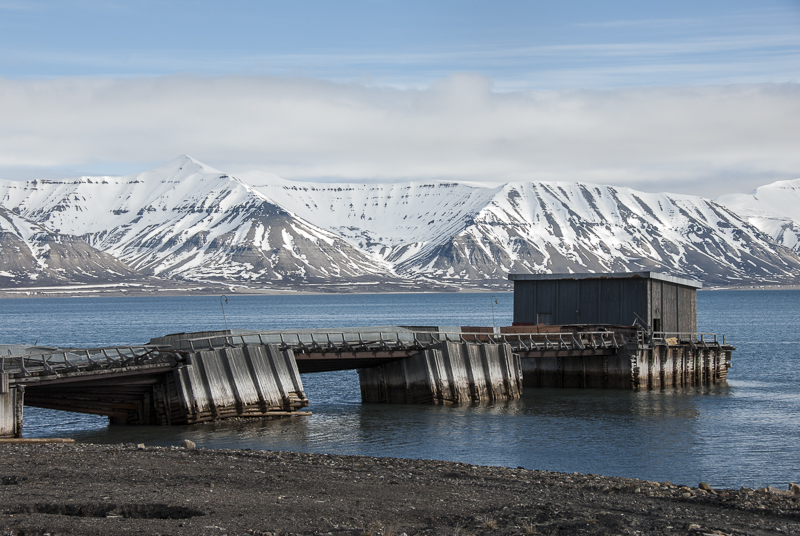
Henningsen Transport & Guiding, Polar Charter, and Arctic Explorer all offer day trip on boats with capacities ranging from 70-140 passengers. (1700NOK, 220 USD, 175 Euro including hotel pickup and lunch) It’s possible to book a one-way ticket to Pyramiden if you want to stay overnight. Book well in advance as both flights and tours may fill up.
Tulpan hotel is newly-refurbished since 2014 and seasonally open from March to October. It has 24 Twin rooms, including modern and old Soviet-style rooms.
Pier hostel in Pyramiden is newly-renovated accommodation in containers set up in the port. The equipment is basic: 12 bunk beds in 3 cabins, shower, toilet and kitchen with electric stove. The price for Hostel Pier is 300 NOK per person. It is cheaper if you order a full cabin. You can order meals at restaurant Tulpan in the distance 10-15 min walk or cook yourself.
If you choose to travel to Pyramiden on your own, you need to arrange a firearm and necessary equipment for polar bear protection.
Documentary about Pyramiden
The Ghost of Piramida is a film by Danish director Andreas Koefoed. It documents the Danish music band Efterklang on their visit to the Pyramiden in the summer of 2011. The group goes on an audio treasure hunt in the empty buildings of the abandoned town, while the narrator, former citizen of Pyramiden, takes us back to a bygone era when Piramida flourished. Both the Efterklang´s album Piramida and the documentary are worth watching and listening to!
[intense_video video_type=”youtube” video_url=”https://www.youtube.com/watch?v=Iel9NAfjwAs”]
[intense_video video_type=”youtube” video_url=”https://www.youtube.com/watch?v=AqPhOqQTKK0″]
Like it? Pin it!
Thank you for reading this post about the abandoned town of Pyramiden on Svalbard. If you find it useful, please share it. If you have any questions or comments, do not hesitate to write us!
R+I
(Sources: A Soviet Ghost Town in the Arctic Circle, Pyramiden Stands Alone in Smithsonian magazine, Persistent Memories: Pyramiden – a Soviet Mining Town in the High Arctic).

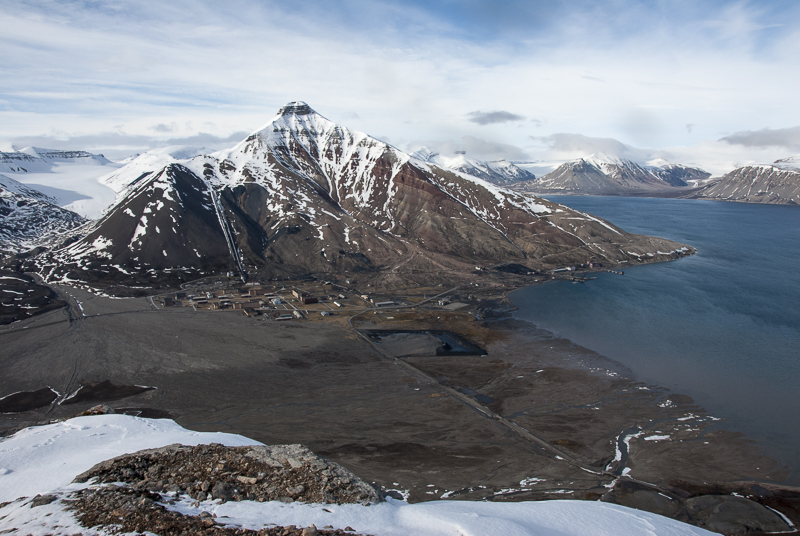
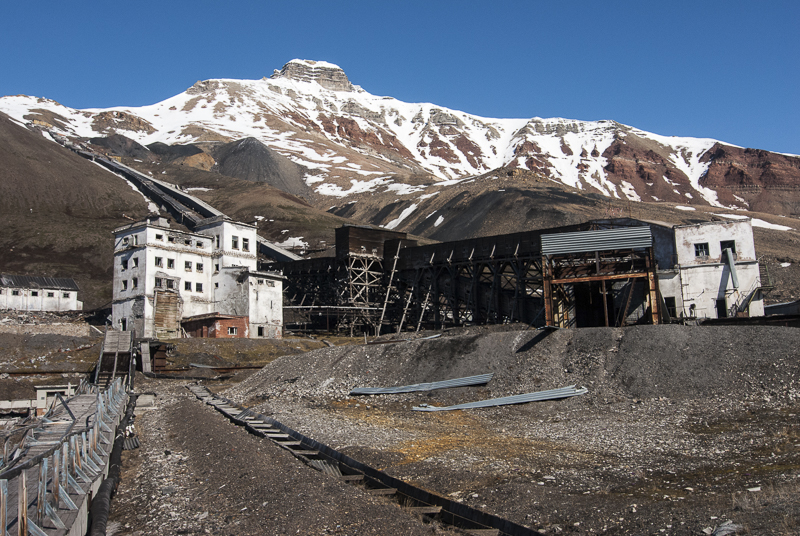
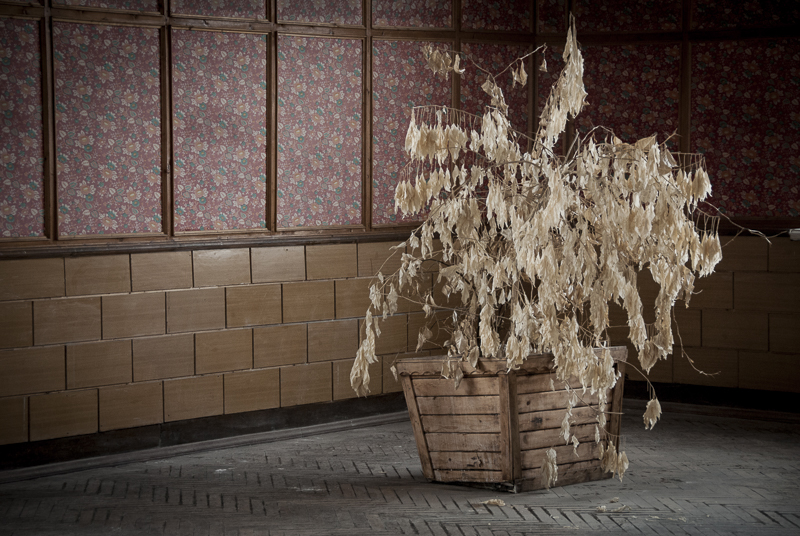
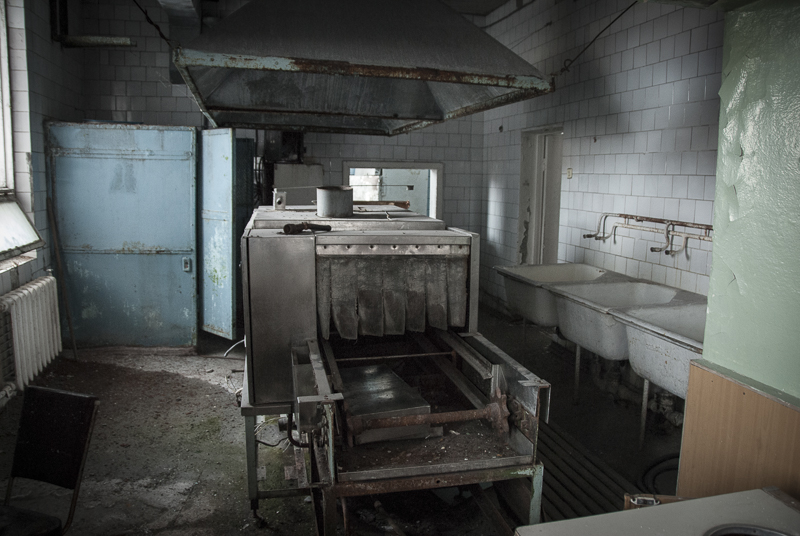
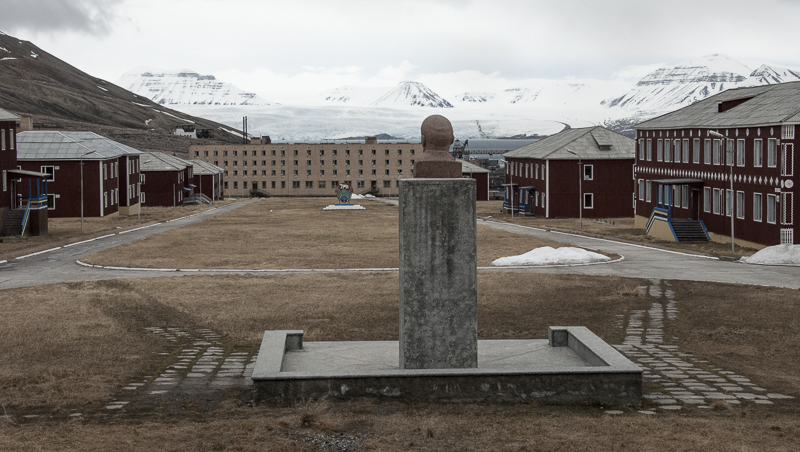
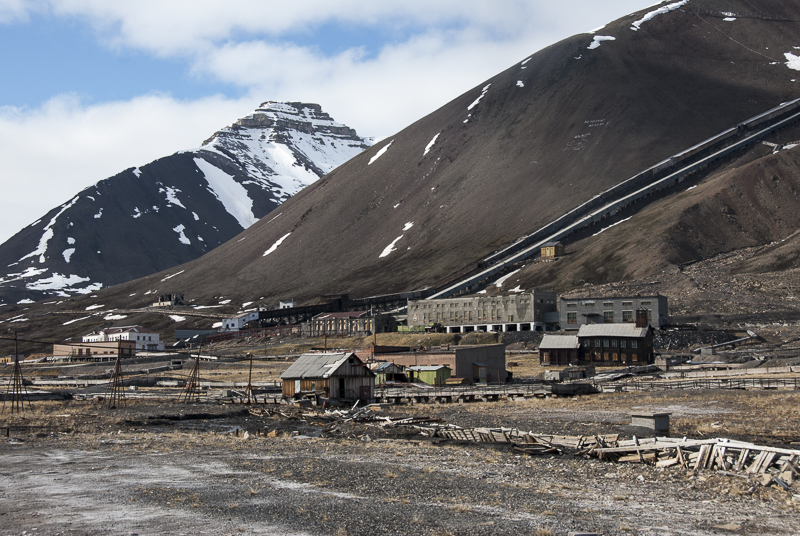
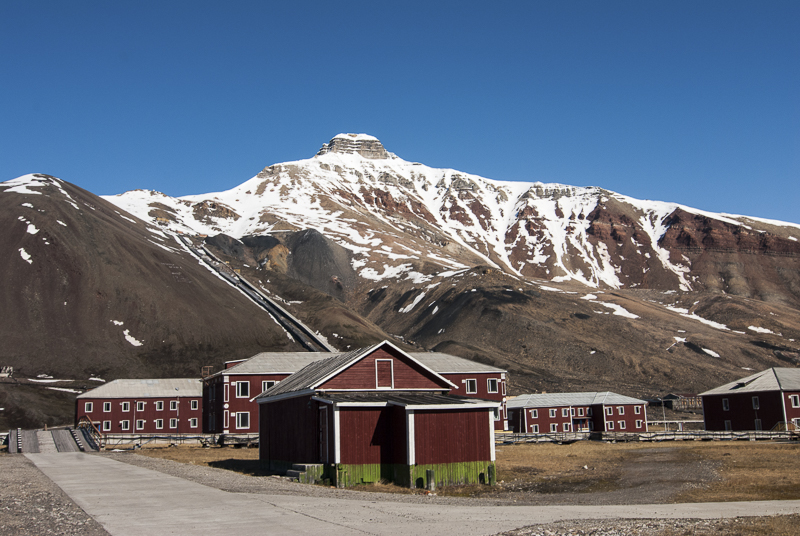
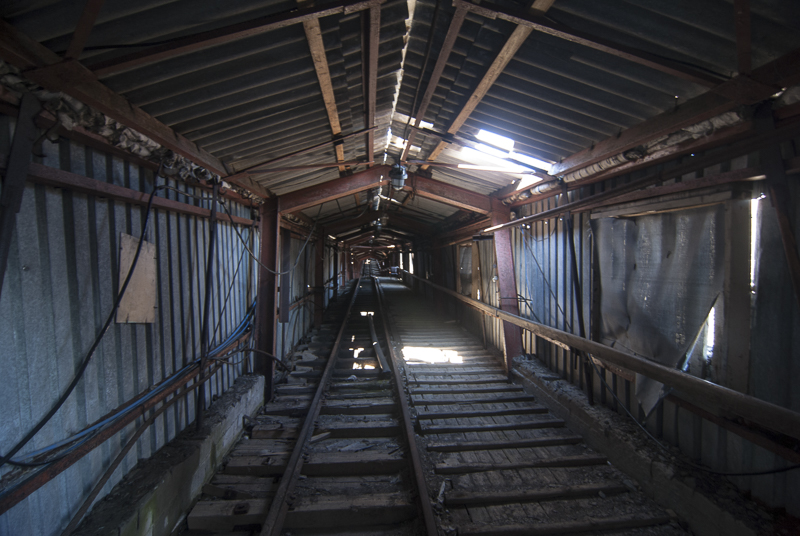
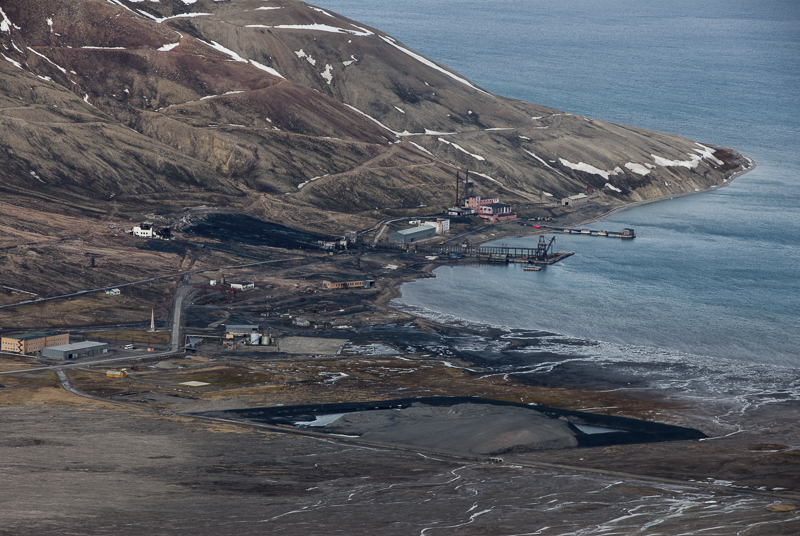
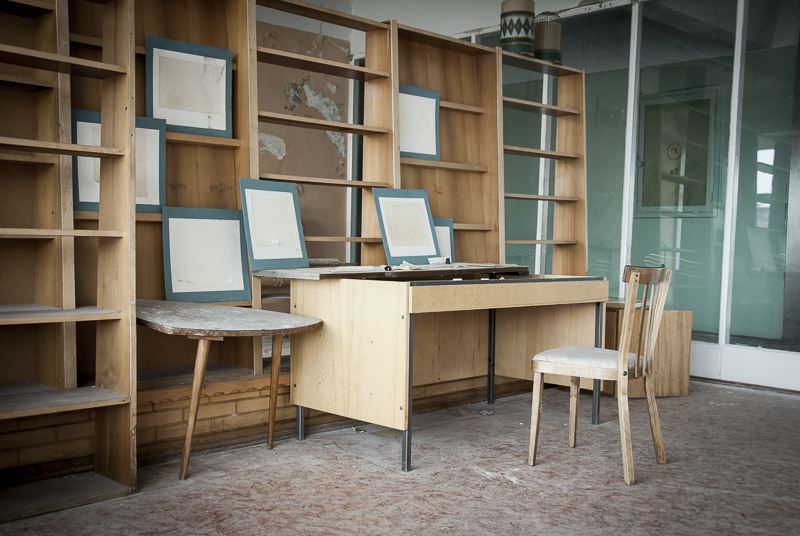
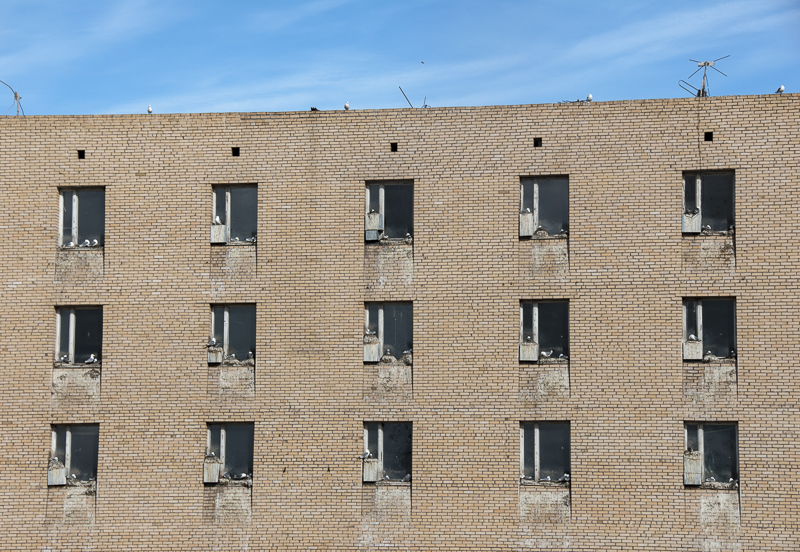
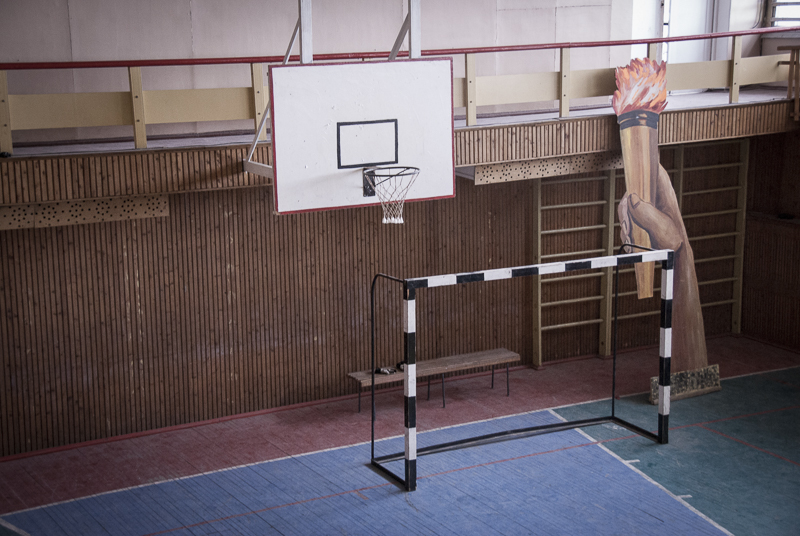
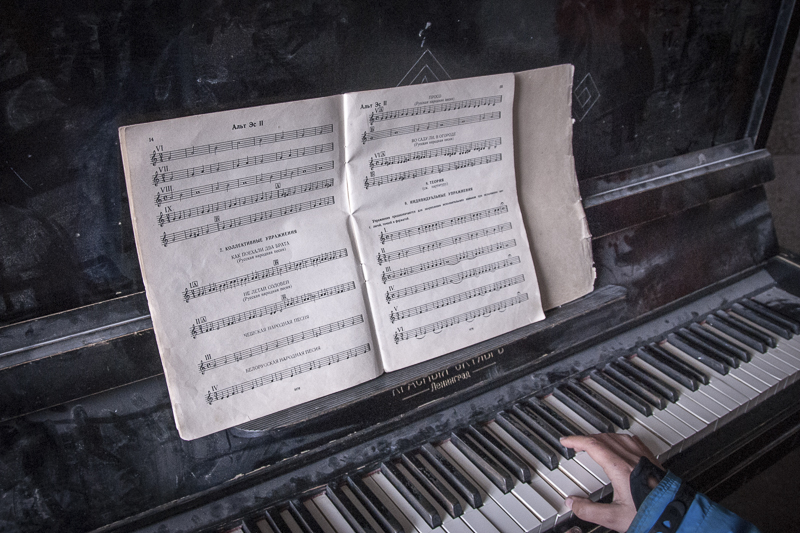
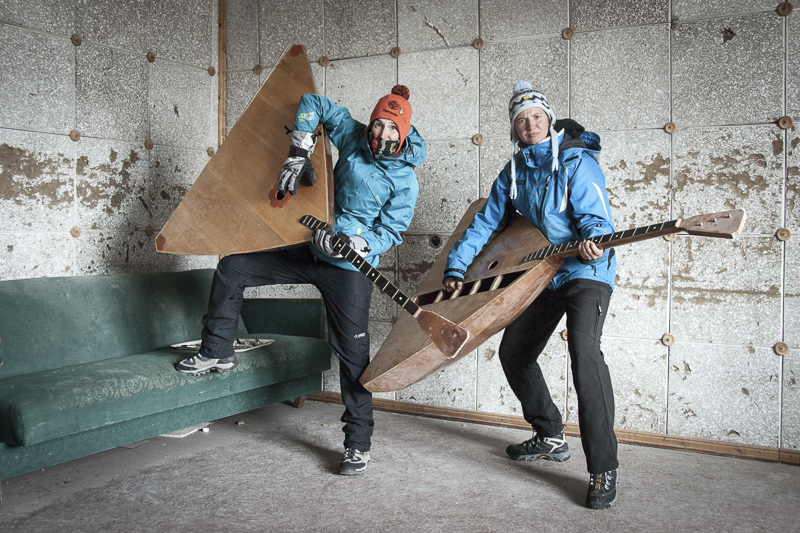
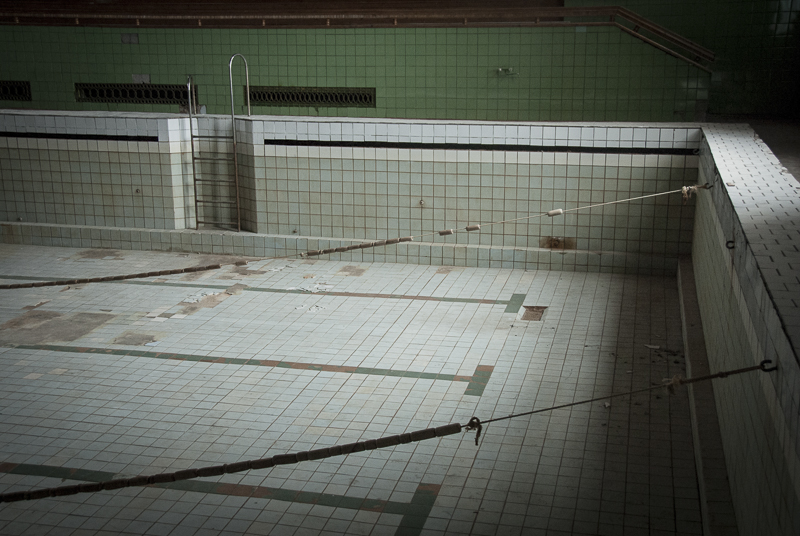
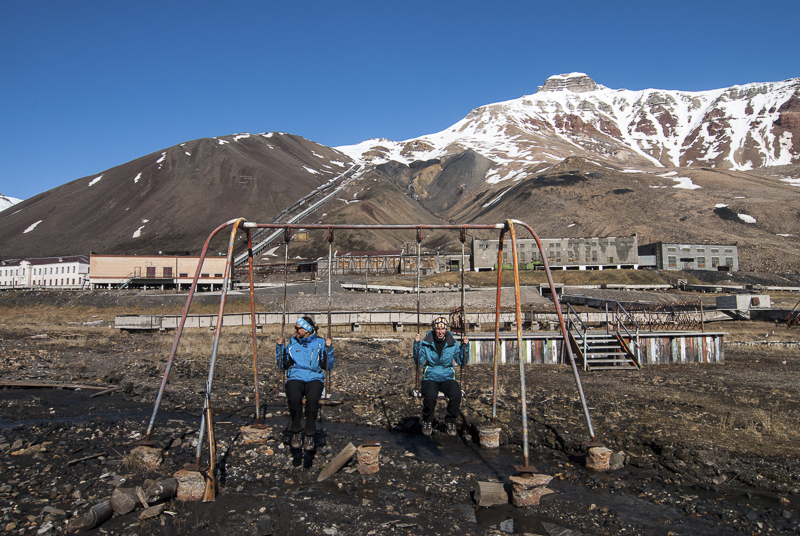
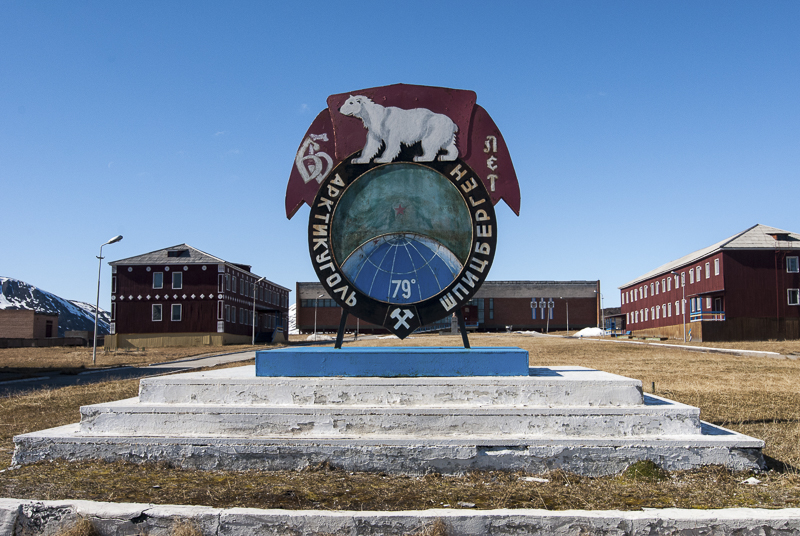
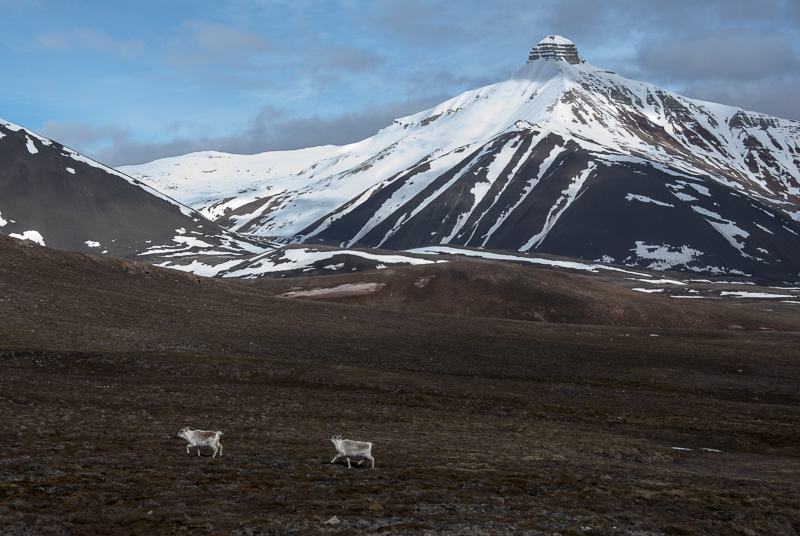
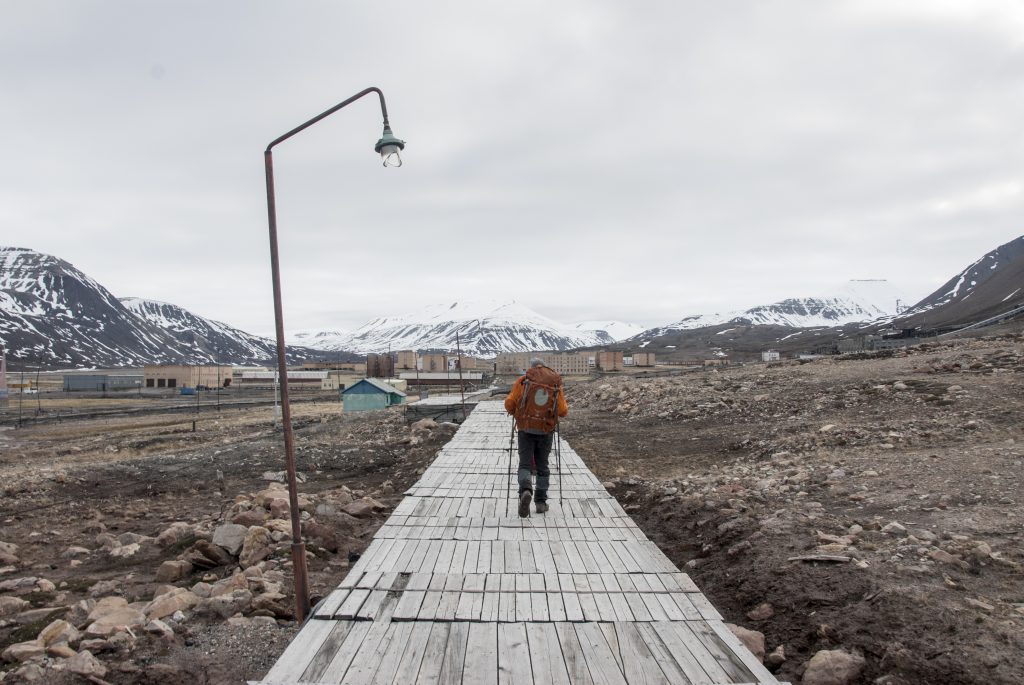
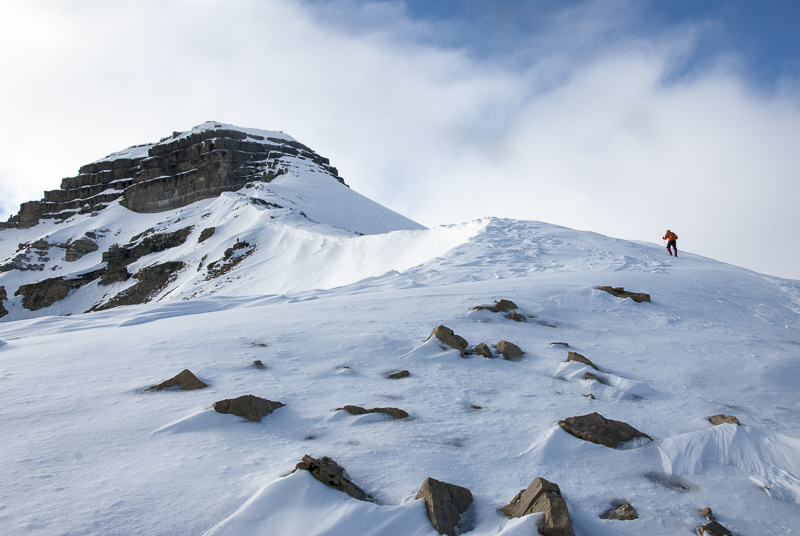
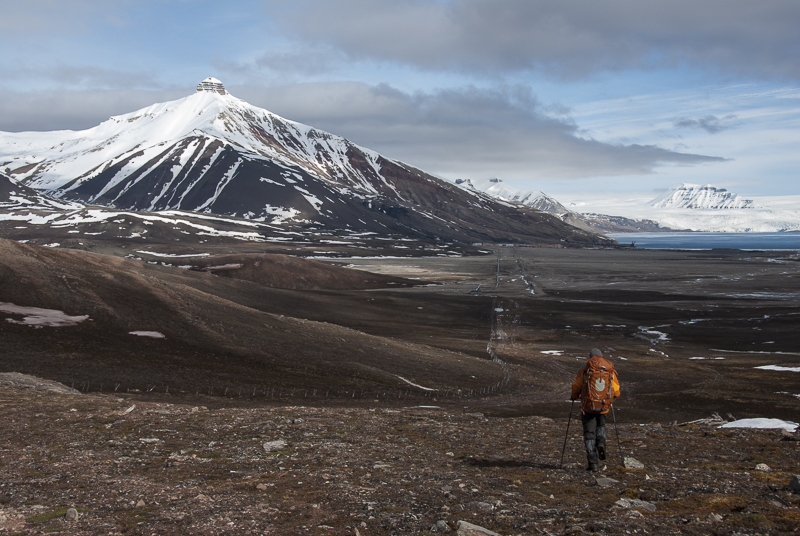
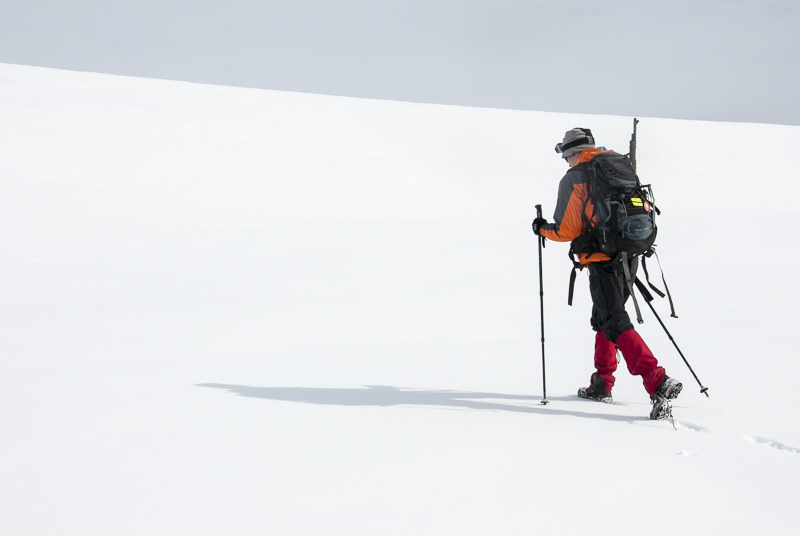
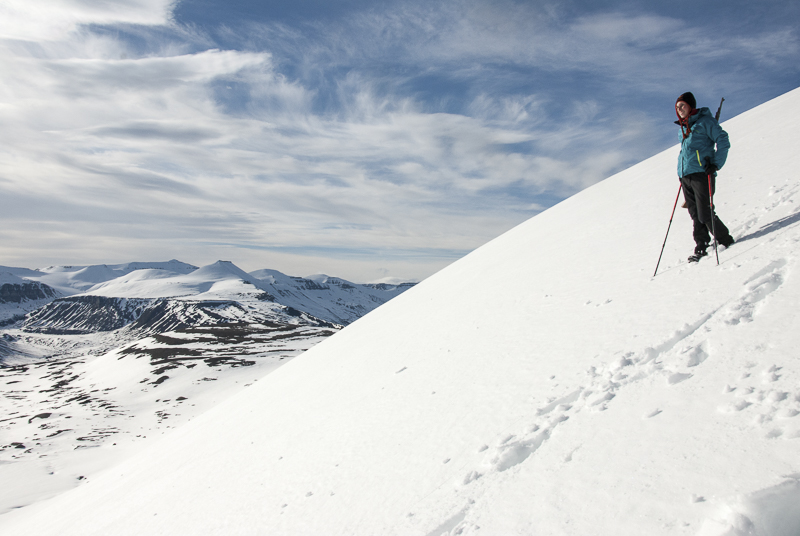
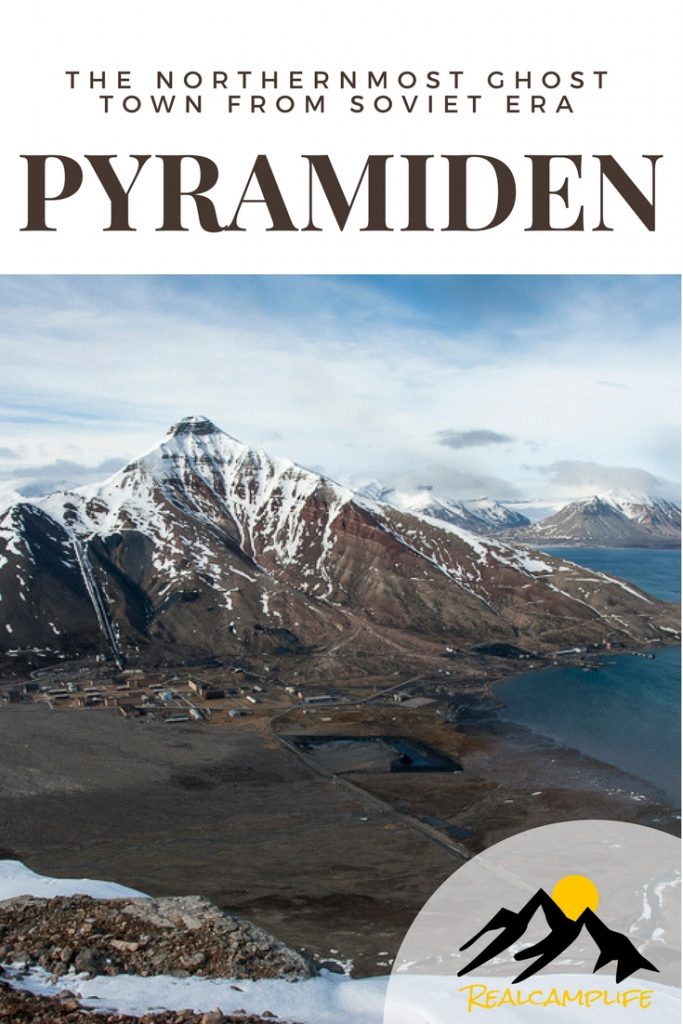

One response to “Pyramiden, Svalbard: The northernmost ghost town from Soviet Era”
Thanks for finally talking about >Pyramiden, Svalbard:
The northernmost ghost town from Soviet Era <Loved it!